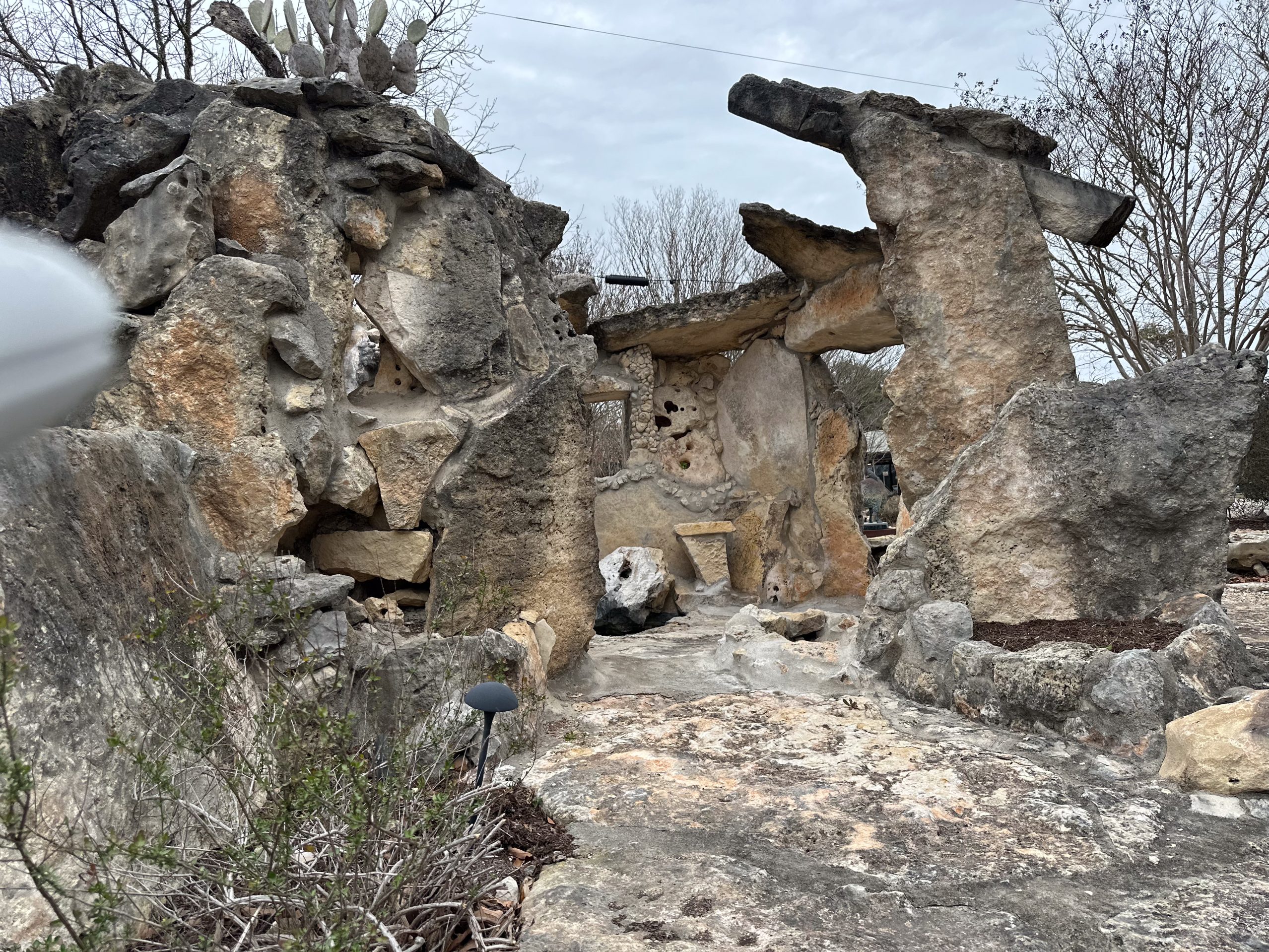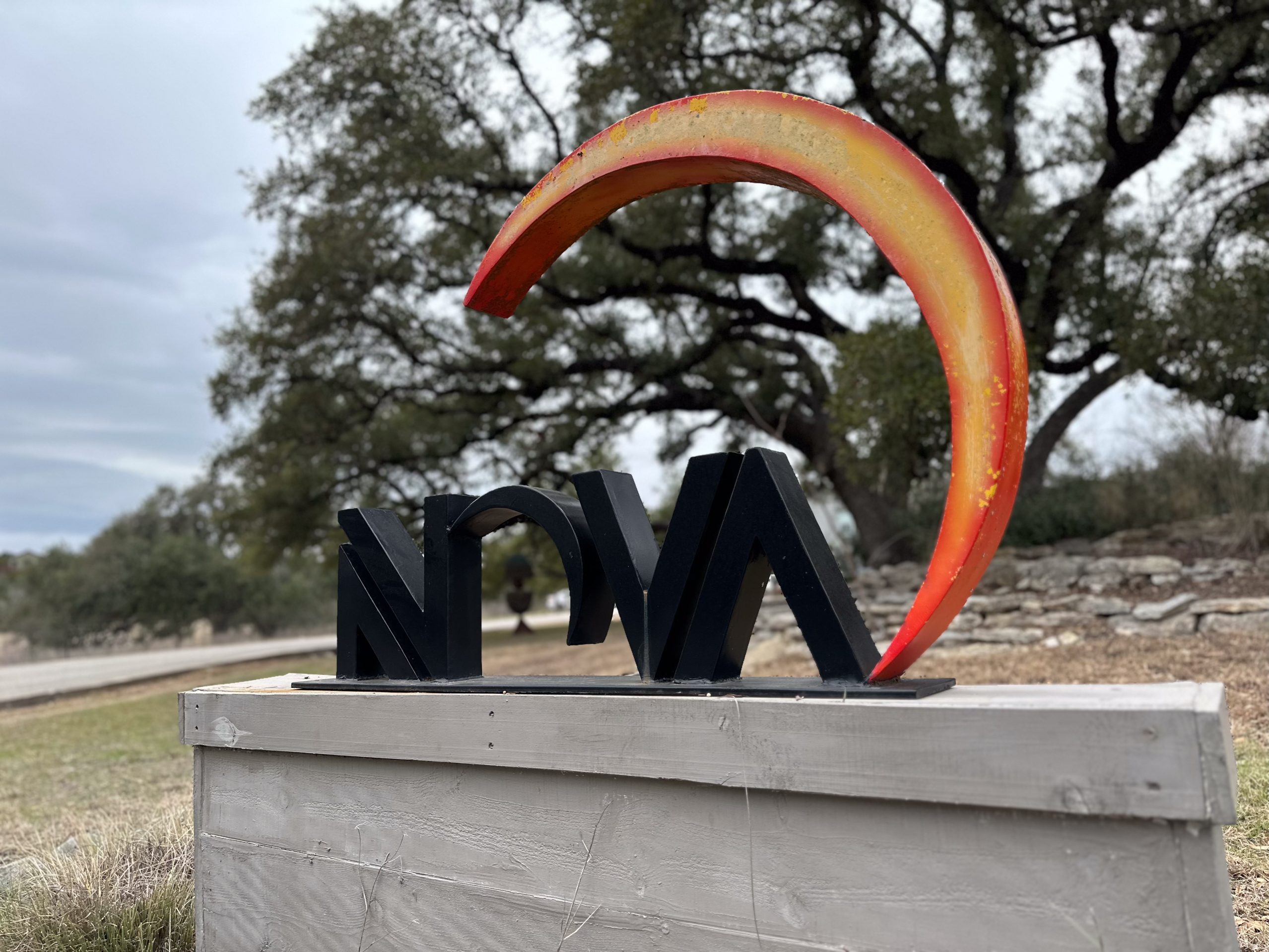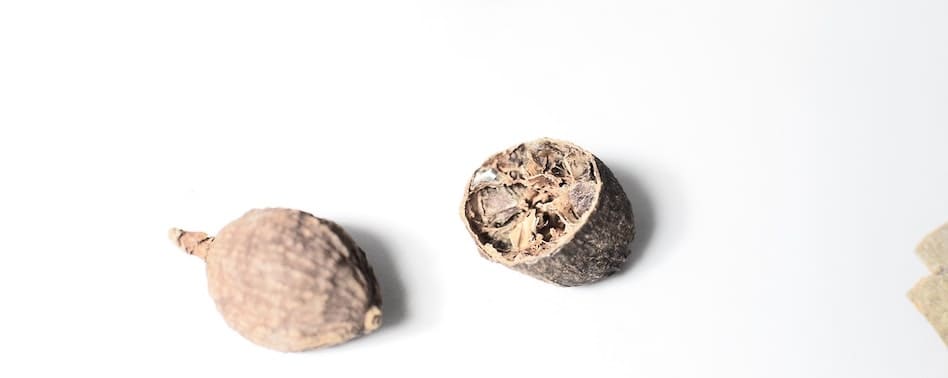Last Updated on October 12, 2025
Getting High: Unusual Methods of Substance Abuse
At a Glance: Unusual and Dangerous Ways People Try to Get High
- Everyday substances can be misused — People seeking a high sometimes turn to over-the-counter medications or household products when traditional drugs are unavailable.
- Loperamide misuse is growing — This anti-diarrheal medication, nicknamed the “poor man’s methadone,” can cause dangerous heart problems and even cardiac arrest when taken in large doses.
- Common kitchen and household items pose serious risks — Substances like nutmeg, mothballs, and hand sanitizer can trigger hallucinations, alcohol poisoning, or severe neurological damage.
- Health consequences can be life-threatening — These unconventional highs often lead to vomiting, irregular heart rhythms, coma, or death.
- Professional help is available — Nova Recovery Center in Austin provides comprehensive inpatient and outpatient rehab to help individuals safely recover from substance misuse and achieve long-term sobriety.
Table of Contents










Loperamide
Loperamide, the active ingredient in most over-the-counter diarrhea remedies, is safe and effective when taken as directed; however, some people are consuming massive doses of the drug in their quest for an easy high.
Known as the “poor man’s methadone“, loperamide is often used by people struggling with heroin or prescription painkiller addiction. When they can’t obtain their usual drug of choice, this inexpensive, readily available medication becomes an easy alternative. Taken in large doses, loperamide can have dangerous consequences, causing irregular heartbeat, fainting, vomiting, abdominal pain and even cardiac arrest.
For safe, supervised withdrawal support, consider our medical detox for opioid withdrawal.
Freedom Starts Here. Take Back Your Life Today.
Same-Day Admissions in Austin Available.
Nutmeg
In recipes, only a dash of nutmeg is needed to add flavor to apple pie or cookies, but the spice has mind-altering, hallucinogenic effects when taken in large doses. Some people eat the spice to get the LSD-like high, while others smoke or snort the substance.
Although a powerful nutmeg high can last up two days, most users don’t try to repeat the experience. Large amounts of nutmeg cause severe diarrhea and vomiting, and many users of the spice experience irregular heart rhythms.
Mothballs
It may sound too strange to be true, but some people are using mothballs for more than just protecting their sweaters—they’re using them to get high. The practice isn’t widespread, and it’s usually seen among teens. Most people “huff” from a bag of mothballs to produce a high, but some people suck or chew on the mothballs to achieve the desired effects.
The active ingredient in mothballs, paradichlorobenzene (PDB), carries serious health risks. Emergency room doctors report seeing teens with rashes and severe neurological symptoms brought on by mothball abuse.
Hand Sanitizer
The high alcohol content of hand sanitizer makes it a powerful germ killer, but it also can be used to get dangerously drunk. Drinking an entire bottle of hand sanitizer is similar to consuming at least five shots of a hard liquor—the fruity scents added to many sanitizers makes the product taste good, and users quickly consume enough of it to bring on serious health consequences.
People who abuse this household product face the risk of severe alcohol poisoning, cardiac arrest, coma and even death. Unfortunately, this hazardous practice continues to grow in popularity; in fact, some poison control centers have seen a 400 percent increase in calls related to hand sanitizer since 2010.
If you or a loved one needs immediate support, our alcohol detox in Austin provides 24/7 medical oversight.
Get help for addiction at Nova Recovery Center
There are many unexpected ways to get high. Whether a person uses hand sanitizer or a seemingly harmless sleep aid medication like Lunesta to get high, all of these methods can have dangerous consequences. We understand that breaking the cycle of drug abuse is difficult, whether you’re using a mainstream drug or a more unusual substance. It’s important to know that help is available.
At Nova Recovery Center, we can help you overcome your dependence and start a new life. At our Austin recovery center, we offer individualized treatment to help you achieve long-lasting recovery. Our residential and outpatient rehab in Austin, TX provides holistic and comprehensive care to address the underlying issues of your substance abuse and help you make positive changes in your life. After rehab, we can also assist you if you’re interested in sober living in Austin, TX. Call today to learn more.
Frequently Asked Questions: Unusual & Dangerous Ways People Try to Get High
What are unusual ways people try to get high besides illegal drugs?
Misuse can involve over‑the‑counter medicines (e.g., loperamide), kitchen spices (nutmeg), household products (mothballs), inhalants, and even drinking hand sanitizer—each carries serious health risks. Authoritative sources highlight that common household items and OTC products are sometimes abused, especially among adolescents.
Can nutmeg get you high, and is it safe?
Large amounts of nutmeg can cause psychoactive effects due to compounds like myristicin and elemicin, but they also carry dangerous side effects (e.g., nausea, agitation, irregular heartbeat, neurologic symptoms). Medical literature and poison‑control guidance advise against intentional use and document toxic exposures.
What happens if you drink hand sanitizer?
Swallowing alcohol‑based sanitizer can cause alcohol poisoning, and products adulterated with methanol have led to blindness, coma, and deaths. Public‑health advisories warn against ingestion and document outbreaks of severe methanol poisoning.
Can loperamide (Imodium) get you high?
At recommended doses loperamide treats diarrhea, but taking very high (abusive) doses to self‑treat withdrawal or seek euphoria can trigger life‑threatening heart rhythm problems and death; the FDA has even limited package sizes to curb misuse.
Is huffing or inhaling mothballs dangerous?
Yes. Mothballs (often naphthalene or para‑dichlorobenzene) release toxic vapors; inhalation equals exposure and has been linked to neurologic effects, anemia, liver/kidney injury, and other serious harms.
What household items do teens use to get high?
Examples include aerosol sprays, glues, and solvents (inhalants), as well as some readily available OTC products and spices. Education resources note these items are easy to access and risky.
What are signs someone is abusing household items to get high?
Red flags can include missing household products, chemical odors, stained rags or bags, sudden behavior changes, and signs of intoxication. Consumer health guidance and addiction resources outline these patterns.
How do you treat substance misuse involving OTC or household products?
Evidence‑based care combines behavioral therapies and, when indicated, medications—tailored to the individual’s needs. National guidance emphasizes that substance use disorders are treatable, and recovery is possible; connect patients with qualified programs.
Other Drug and Alcohol Rehab Locations
Medical Disclaimer
The information on this page is provided for educational purposes only and should not be used as a substitute for professional medical advice, diagnosis, or treatment. Misusing prescription or over-the-counter medications, household products, or other substances to get high can be extremely dangerous. Always follow the guidance of a licensed healthcare provider when using any medication. If you or someone you know is experiencing a medical emergency, poisoning, or severe side effects, call 911 immediately in the United States. For confidential mental health support, contact the 988 Suicide & Crisis Lifeline, available 24 hours a day.
Nova Recovery Center Editorial Guidelines
By instituting a policy, we create a standardized approach to how we create, verify, and distribute all content and resources we produce. An editorial policy helps us ensure that any material our writing and clinical team create, both online and in print, meets or exceeds our standards of integrity and accuracy. Our goal is to demonstrate our commitment to education and patient support by creating valuable resources within our realm of expertise, verifying them for accuracy, and providing relevant, respectful, and insightful data to our clients and families.
- U.S. Food and Drug Administration. (2016, June 7). FDA Drug Safety Communication: FDA warns about serious heart problems with high doses of the antidiarrheal medicine loperamide (Imodium), including from abuse and misuse. U.S. Food & Drug Administration. Retrieved October 5, 2025, from https://www.fda.gov/drugs/drug-safety-and-availability/fda-drug-safety-communication-fda-warns-about-serious-heart-problems-high-doses-antidiarrheal.
- U.S. Food and Drug Administration. (2019, September 20). FDA limits packaging for anti-diarrhea medicine loperamide (Imodium) to encourage safe use. U.S. Food & Drug Administration. Retrieved October 5, 2025, from https://www.fda.gov/drugs/drug-safety-and-availability/fda-limits-packaging-anti-diarrhea-medicine-loperamide-imodium-encourage-safe-use.
- Santos, C., Kieszak, S., Wang, A., Law, R., Schier, J., & Wolkin, A. (2017). Reported adverse health effects in children from ingestion of alcohol-based hand sanitizers—United States, 2011–2014. MMWR Morbidity and Mortality Weekly Report, 66(8), 223–226. Centers for Disease Control and Prevention. Retrieved October 5, 2025, from https://www.cdc.gov/mmwr/volumes/66/wr/mm6608a5.htm.
- Yip, L., Bixler, D., Brooks, D. E., Clarke, K. R., Datta, S. D., Dudley, S., … Chang, A. (2020). Serious adverse health events, including death, associated with ingesting alcohol-based hand sanitizers containing methanol—Arizona and New Mexico, May–June 2020. MMWR Morbidity and Mortality Weekly Report, 69(32), 1070–1073. Centers for Disease Control and Prevention. Retrieved October 5, 2025, from https://www.cdc.gov/mmwr/volumes/69/wr/mm6932e1.htm.
- National Pesticide Information Center. (2024, November 12). Health effects of mothballs. Oregon State University & U.S. EPA. Retrieved October 5, 2025, from https://npic.orst.edu/ingred/ptype/mothball/health.html.
- National Institute on Drug Abuse. (2024, September 18). Inhalants. National Institutes of Health. Retrieved October 5, 2025, from https://nida.nih.gov/research-topics/inhalants.
- Ehrenpreis, J. E., DesLauriers, C., Lank, P., Armstrong, P. K., & Leikin, J. B. (2014). Nutmeg poisonings: A retrospective review of 10 years’ experience from the Illinois Poison Center, 2001–2011. Journal of Medical Toxicology, 10(2), 148–151. National Library of Medicine (PMC). Retrieved October 5, 2025, from https://pmc.ncbi.nlm.nih.gov/articles/PMC4057546/.


